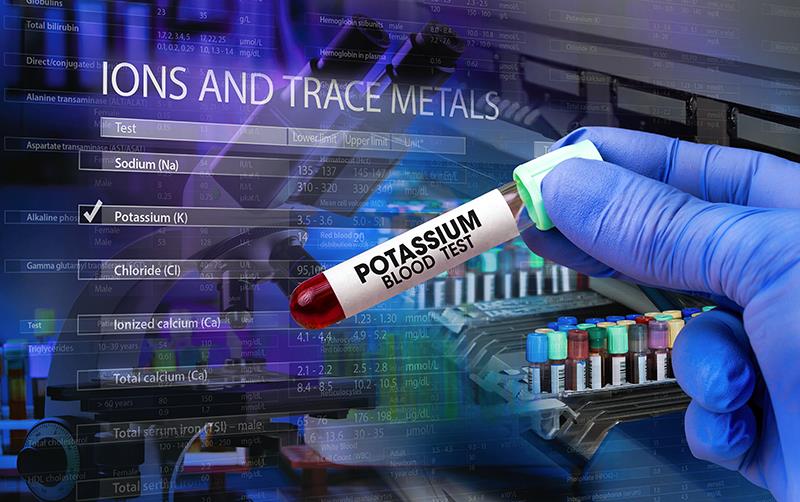SZC lowers hyperkalemia risk during spironolactone optimization in HF patients





The use of sodium zirconium cyclosilicate (SZC) among patients with heart failure (HF) and reduced ejection fraction (HFrEF) and hyperkalemia has significantly improved the proportion of those with normokalemia while on optimal spironolactone dose, a study has shown.
In addition, SZC results in a reduced risk of hyperkalemia and down-titration or discontinuation of spironolactone.
“Although underpowered for clinical outcomes, more participants had HF events with SZC than placebo, which should be factored into the clinical decision making,” the investigators noted.
Of the 203 eligible participants, 102 were randomized to SZC and 101 to placebo. More patients treated with SZC achieved optimal response (71 percent vs 36 percent; odds ratio [OR], 4.45, 95 percent confidence interval [CI], 2.89‒6.86; p<0.001). [J Am Coll Cardiol 2025;85:971-984]
SZC also improved the following outcomes: normokalemia on randomization dose of spironolactone and without rescue therapy (58 percent vs 23 percent; OR, 4.58, 95 percent CI, 2.78‒7.55; p<0.001), receiving spironolactone ≥25 mg/day (81 percent vs 50 percent; OR, 4.33, 95 percent CI, 2.50‒7.52; p<0.001), and time to hyperkalemia (hazard ratio [HR], 0.51, 95 percent CI, 0.37‒0.71; p<0.001).
The use of SZC also improved time to decrease or discontinuation of spironolactone due to hyperkalemia (HR, 0.37, 95 percent CI, 0.17‒0.73; p=0.006) compared with placebo.
No between-group difference was observed in Kansas City Cardiomyopathy Questionnaire–Clinical Summary Score at 6 months (‒1.10 points, 95 percent CI, ‒6.64 to 4.63; p=0.72). Likewise, the proportions of adverse events (64 percent vs 63 percent) and serious adverse events (23 percent vs 22 percent) were comparable between the two treatment groups.
Additionally, the composite of cardiovascular (CV) death or worsening HF occurred in 11 patients in the SZC arm (one with CV death, 10 with HF events) and three patients in the placebo arm (one with CV, two with HF events; log-rank nominal p=0.034).
“In participants with symptomatic HFrEF and hyperkalemia, SZC led to large improvements in optimizing the use and dose of mineralocorticoid receptor antagonists (MRA) and K+ levels, and reductions in the risk of hyperkalemia and down-titration or discontinuation of spironolactone,” the investigators said.
MRA underuse
The underutilization of MRAs persists despite international clinical practice guidelines providing the highest level of recommendations for this drug in HFrEF patients due to their benefits in reducing HF-related morbidity and mortality. [J Am Coll Cardiol 2022;79:e263-e421; Eur Heart J 2021;42:3599-3726; Am Heart J 2021;235:82-96]
“Both the real and perceived risk of hyperkalemia remains the leading reason for suboptimal use of MRA and commonly results in down-titration and discontinuation of treatment—a practice that has been associated with worse HF outcomes in observational studies,” the investigators said. [Eur Heart J 2021;42:1:79; Eur J Heart Fail 2021;23:1698-1707]
The current prospective, double-blind, randomized-withdrawal trial enrolled participants with HFrEF, optimal guideline-directed therapy (except MRA), and prevalent or incident MRA-induced hyperkalemia.
During open-label run-in, participants went through spironolactone titration (target: 50 mg/day), while those with hyperkalemia began treatment with SZC. Participants with normokalemia (potassium: 3.5‒5.0 mEq/L) on SZC and spironolactone ≥25 mg/day were randomly assigned to continued SZC or placebo for 6 months.